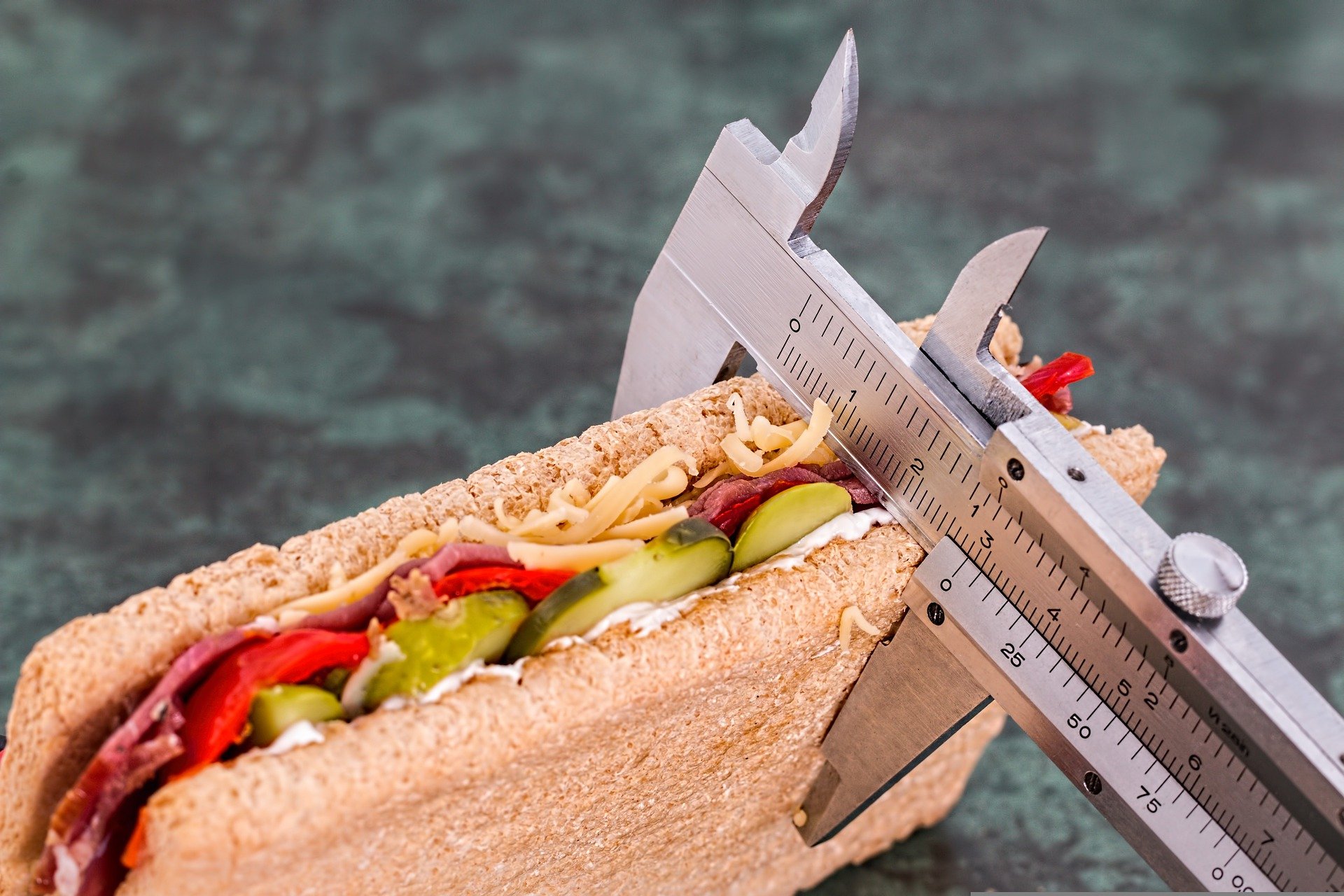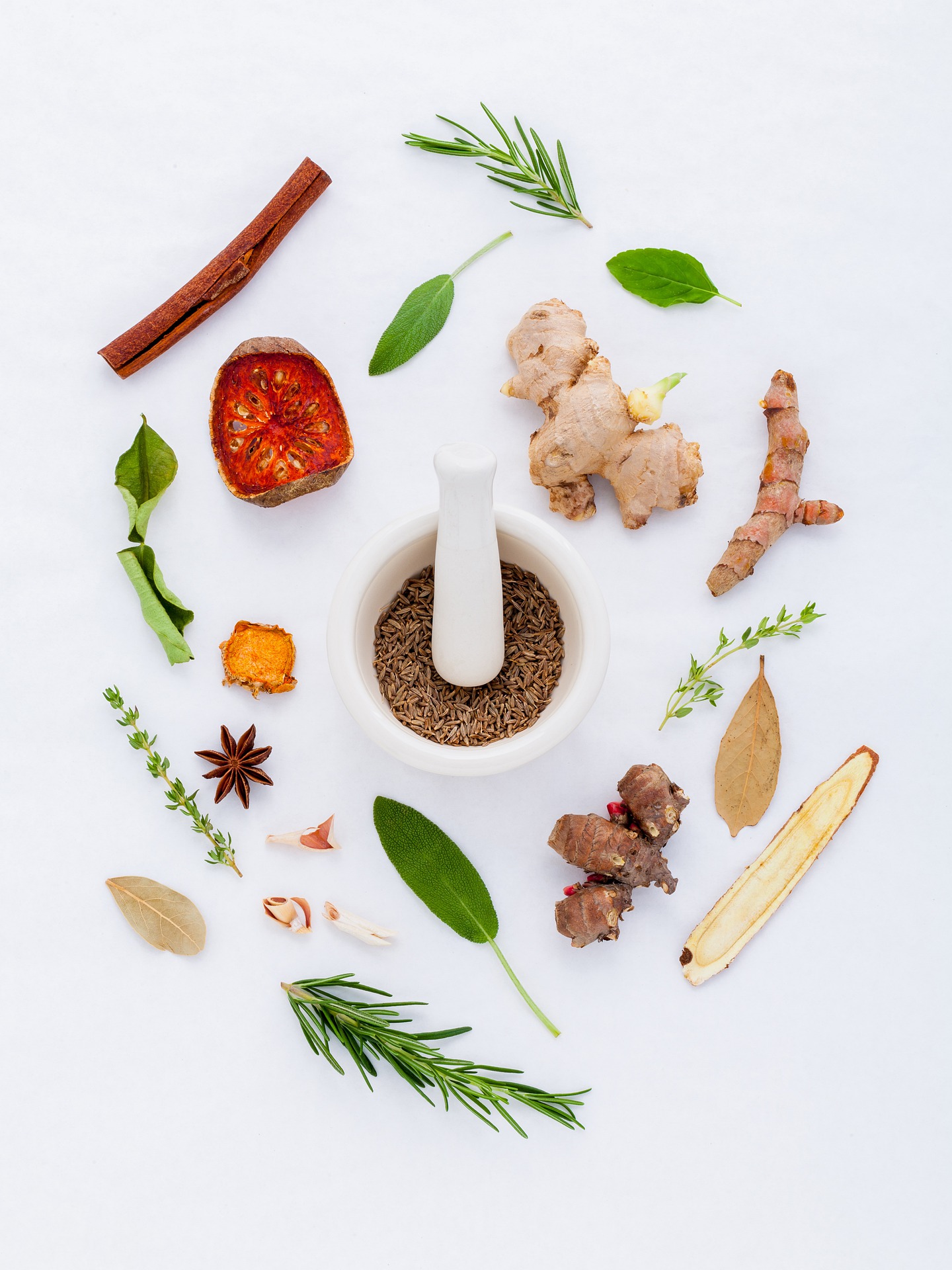The Glycemic Index (GI) is a scale of the index to measure the different types of carbohydrates that affect your blood sugar (glucose). The scale of the index goes from 1 up to 100. The lower the score the better your blood sugar level. Low glycemic index food typically has more fiber and less sugar.
1 -55 Low GI, e.g. beans, nonstarchy vegetables, sweet potatoes, and cereal.
56 – 69 Medium GI – e.g. brown rice, pita bread, corn, banana, pineapple, whole wheat bread
70 – 100 High GI, e.g. baked goods, fruit juice, carrot, white rice, white bread, and potatoes
Choosing low-GI food over high-GI food can help you manage your blood sugar and guide your food choices. Food has a low glycemic index does not mean it is super-healthy, or that you should eat a lot of it. As GI is not the only thing you watch for a healthy diet, calories, fat, fiber, vitamins and other nutrients should also be considered. The amount you eat also affects how your blood sugar goes up, portion sizes matter too. That's what the glycemic load indicates.
Glycemic load (GL) is an index account for both the quantity (portion) and the quality of the food that affects the blood sugar level at the same time.
Less than 10 is low; more than 20 is high.
For a diet with a lower glycemic load, eat:
• More whole grains, nuts, legumes, fruits, vegetables without starch, and other foods with a low glycemic index
• Fewer foods with a high glycemic index, like potatoes, white rice, and white bread
• Less of sugary foods, including candy, cookies, cakes, and sweet drinks
Knowing both the GI/GL index at the same time, you will have wider food choices for meal plans. That makes it possible to eat foods with a high glycemic index but in smaller portions within a healthy radar.
Glycemic Index (GI/GL)
Meat Pizza 36/9, Veg Pizza 49/12, Cherries 22/3, Apple 38/6, Orange 42/5, Brown Rice 55/18, White Rice 64/23, Coca Cola 63/16.
Read more: https://lpi.oregonstate.edu/mic/food-beverages/glycemic-index-glycemic-load








